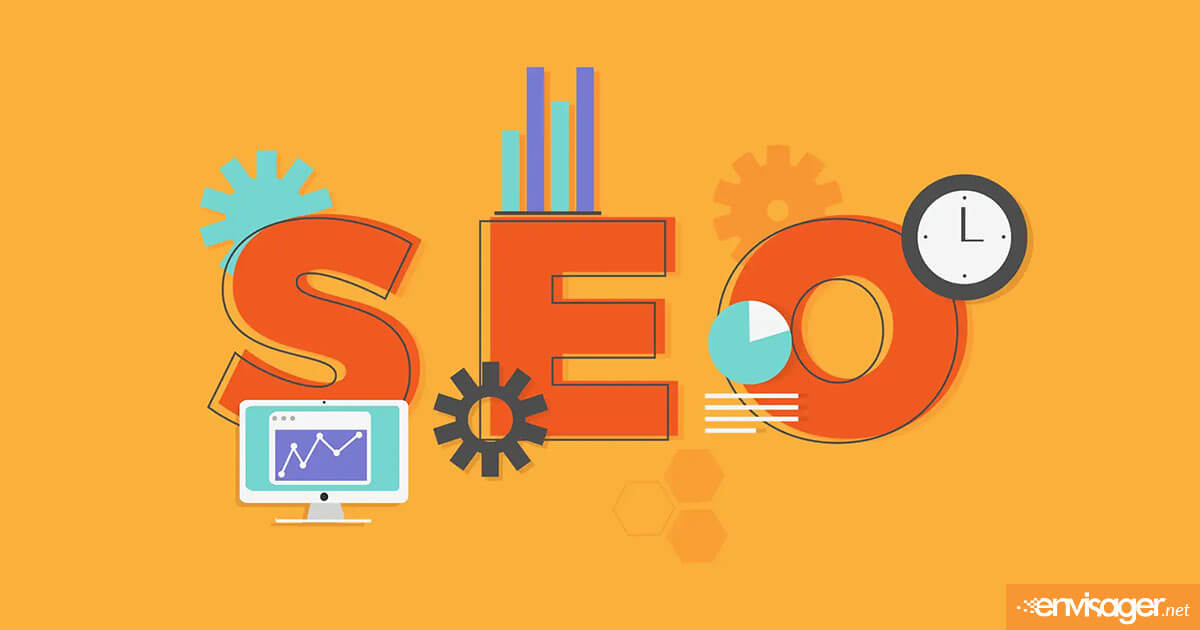How To Boost Your Small Business Website SEO

Your small business website is all setup and you are eager to get started with SEO. Conducting a website analysis will be helpful in understanding your site’s performance and it can also reveal possible areas that could cause your website to be penalized.
While social media and other types of platforms can drive traffic to your site, your visitors most often use search engines as the primary method for finding products and services online.
Below, we have listed five steps that you can take for your new website to ensure that its design has the technical attributes to help it rank for its focus keywords and attract as much traffic as possible from organic search.
1. Make Sure Each Page Has Quality Content
You cannot create a good internal linking structure without content and pages to link to. But, not just any content will do; it needs to be quality content that is engaging and is helpful to your visitors.
Creating pages with 2,000+ words of content is one of the most important on-page factors for helping your website rank. While having less than 2,000 words per page is helpful, in this case more is better because it can have a more positive effect on your website’s ability to rank in organic search for its focus keywords.
Research shows the best kind of content that gets links; long, detailed pages are more likely to get links than short pages. While it may seem like a daunting task to create long-form content for your website pages, doing so will have it rewards.
Positive ways to think about your content is anything worth doing is worth doing well and besides, you’re providing content that will serve as a solution to someone’s need. Both of these are likely to attract more visits and links to your on-page content.
Don’t forget to regularly create fresh, relevant content for your website. The more quality content you have, the better your possibilities to rank for a number of queries.
2. Optimize Your Page Titles For Each Primary Keyword
Your website’s page titles consist of your title tags such H1, H2, H3, up to H6. A title tag is an HTML element that returns the actual document name that you see in the web browser. For example, the name of this article is How To Boost Your Small Business Website SEO which is an H1 title tag. Simply stated, a title tag is the name of a web page that is shown to your visitors on the web browser bar.
Title tags are critical to your website SEO and user experience. Google displays your website’s title tag as your page title in search results. So it’s very important that all your pages are optimized for their targeted SEO keywords. A good way to optimize your title tags is to include your keywords in your page titles.
You should also include your target keywords in your content for optimal on-page SEO. No, using keywords for on-page SEO is not dead, but keyword stuffing can get your website sent to the dead zone. Be wise about using keywords so that you don’t fall into the trap of keyword stuffing as Google will penalize your website.
3. Internal Linking For Best SEO
The purpose of an internal linking strategy is to provide your website users with the best SEO content that is relevant to what they are currently viewing. It also helps Google to index your site pages more efficiently.
Use a reasonable number of internal links per page. An easy way to gauge a reasonable number would be if your page is 800 words of content, having 25 internal links for that page would be way too many links. We recommend around four to five internal links for a page that’s averaging 800 words of content.
The best internal links are deep within the structure of the site versus linking to top level pages. Try to avoid linking to top level pages as the main navigation menu already has links.
4. Promote Your Website Through Link Building
Link building is an SEO strategy of getting external pages to link to a page on your website. Absolutely, building great inbound links to your website is hard work, but resorting to spamming other site’s comment sections to get their backlinks is not only unnecessary, but counterintuitive to your SEO efforts.
Link building doesn’t need to be a difficult process. Reach out to colleagues, friends, and influencers and ask them for help in promoting your website. Reach out to bloggers whose content is relevant to your website and ask if you can be a guest blogger or if they will be interested in writing about you, your products or services. If your website has an interesting appeal to the community, contact your local gazette and ask if they would be interested in writing a story on you.
You may not have immediate success with link building as it is a slow gradual process, but it does work, so keep at it.
5. Employ An SEO Strategy That Produces Long-Term Success
SEO is not a one-time implementation, and it’s seldom enough to just launch a website, sit back and wait for the leads and sales to start pouring in. Employing a long-term SEO strategy with clearly defined objectives, goals, and milestones is necessary if you are trying to rank for competitive keywords.
Content marketing is an ideal component to include in your SEO strategy as well as seeking link building opportunities with other website owners. No two websites are exactly the same; therefore your SEO strategy will be unique to your site.

Hazel Burgess
FOUNDER/SEO DIRECTOR
Hazel is the Founder & SEO Director at Envisager Studio, a premier website design agency specializing in WordPress website design, development and internet marketing. In her spare time, she writes about search engine optimization, website design, and internet marketing.


